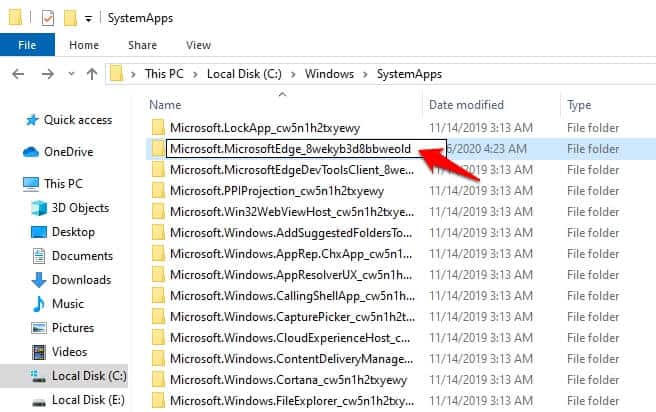
To disable the preloading of Microsoft Edge:.Confirm the UAC prompt that is displayed.Tap on the Windows-key, type regedit.exe, and hit the Enter-key to open the Registry Editor.The option works on all editions of Windows 10 including Windows 10 Home. You may configure the preloading options in the Windows Registry directly. You can undo the change at any time by setting the policy to "allow tab preloading", or by changing the state of the policy either to disabled or to not configured.Įffect: Microsoft Edge won't preload the New Tab page or the Start page when you do. To disable this preloading, set the policy to enabled and select "prevent preloading" from the configuration menu that becomes available when you enable the policy. It is a bit older as it is present in Windows 10 version 1803 as well. The second preloading preference determines whether Microsoft Edge may preload the browser's Start and New Tab page content.

You can undo this at any time by either selecting "allow pre-launching", or by switching the state of the policy to disabled or not configured.Įffect: Microsoft Edge won't be preloaded on sign-in to the Windows system, when the system is idle, or when it is closed by users of the system.Īllow Microsoft Edge to start and load the Start and New Tab page at Windows startup and each time Microsoft Edge is closed Set the policy to enabled to activate it and pick "prevent pre-launching" to disable the preloading functionality built-into the operating system so that Microsoft Edge starts faster when you run it.


 0 kommentar(er)
0 kommentar(er)
